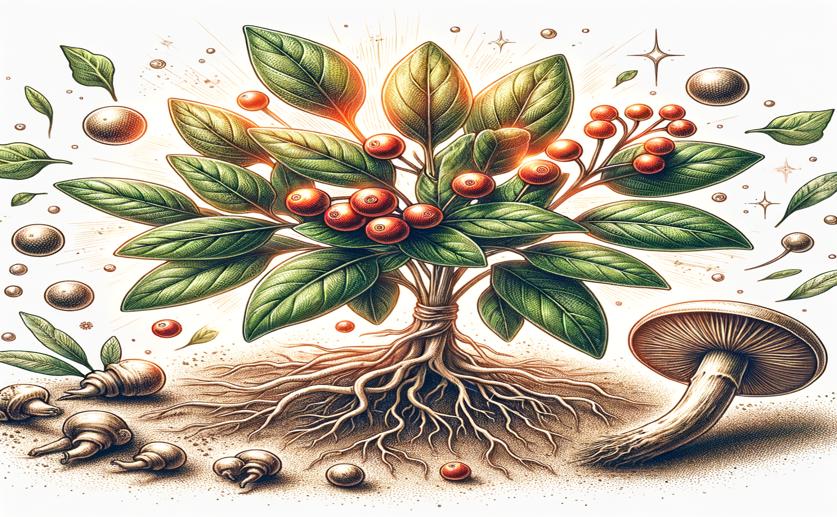
Chemical Profile and Health Benefits of Compounds from Ashwagandha Fungi
Jim Crocker
9th August, 2024

Image Source: Natural Science News, 2024
Key Findings
- The study by CSIR-Indian Institute of Integrative Medicine explored microorganisms from the medicinal plant Withania somnifera
- Researchers identified Aspergillus aculeatus S20, which produces the compound okaramine H
- Okaramine H showed potential against the Leishmania donovani parasite, indicating it could be a new treatment for leishmaniasis
References
Main Study
1) Chromatographic fingerprinting of epiphytic fungal strains isolated from Withania somnifera and biological evaluation of isolated okaramine H.
Published 8th August, 2024
https://doi.org/10.1039/d4ay00901k
Related Studies
2) Natural Products as Sources of New Drugs over the Nearly Four Decades from 01/1981 to 09/2019.
3) Natural products as sources of new drugs over the 30 years from 1981 to 2010.
4) The value of natural products to future pharmaceutical discovery.
Journal: Natural product reports, Issue: Vol 24, Issue 6, Dec 2007
5) Natural product discovery: past, present, and future.



 30th June, 2024 | Greg Howard
30th June, 2024 | Greg Howard